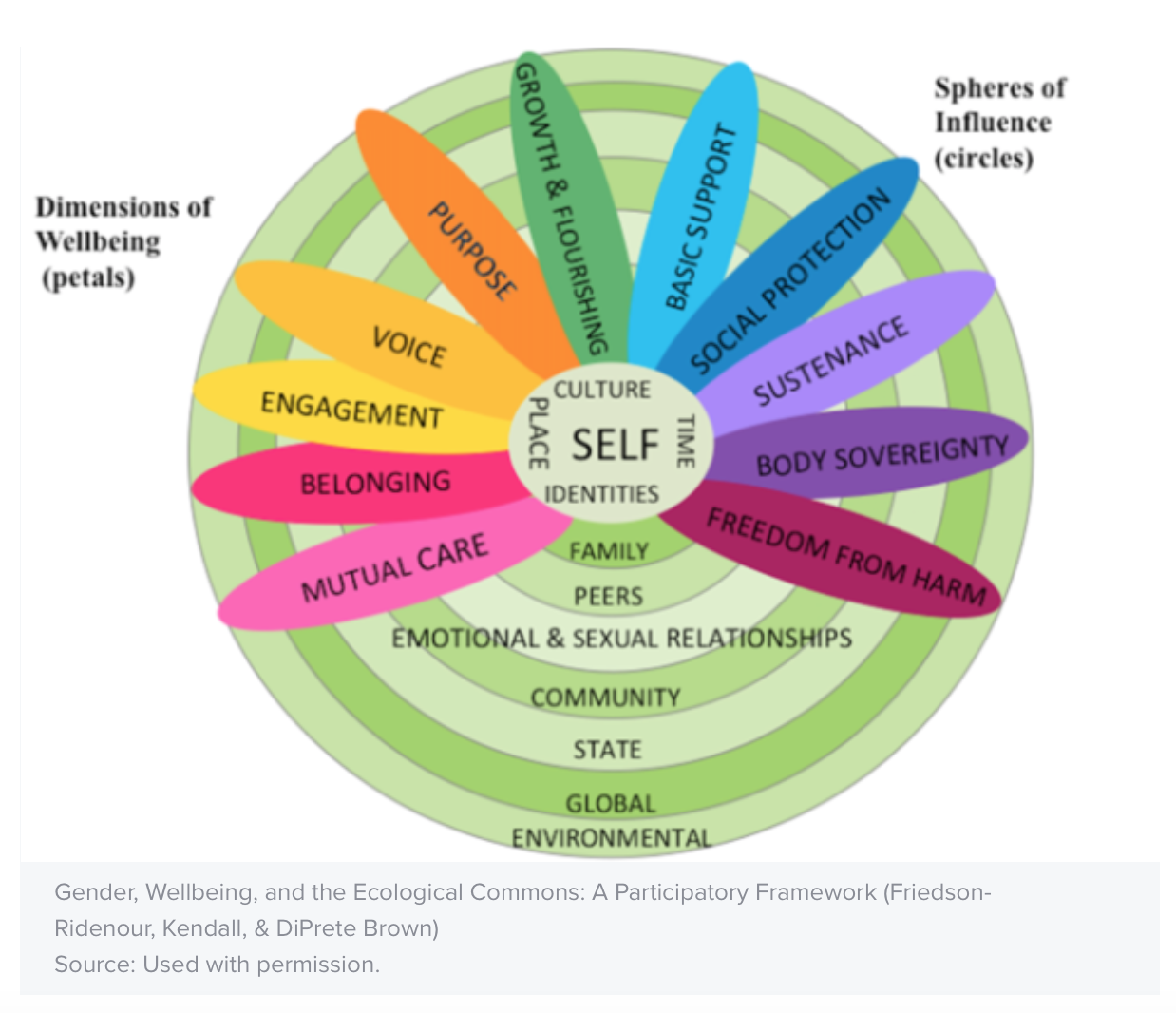Release time: 2020-05-04 12:00
Multidimensional Aspects of Adolescent Well-being
Tools for Talking to Teens
Many online resources are mentioning “well-being” during this pandemic, but teens and their caring adults often have a difficult time talking about what the word means. Here are a few tips for developing a common language around the multi-dimensionality of well-being.
Explain That Well-being Is More Than Just Happiness
In the eudaimonic tradition, one’s overall subjective well-being includes more than just feelings of happiness and life satisfaction. Researchers Ryff and Singer (2008), describe the tradition as rooted in the “realization of one’s self”. Well-being is a virtue that takes consideration and practice. Knowing that well-being is composed of more than just happiness allows teens to see that stress alone does not define them.
When working with teens in an after-school club called The Well-being Club, I use a participatory framework of well-being, designed by researchers at the University of Wisconsin-Madison. The framework is theoretically grounded in Bronfenbrenner’s Ecological Systems Theory (1977), Elder’s Life Course Theory (1998), and is influenced by the work of Carol D. Ryff (Ryff, 1989) and Connie Flanagan (Flanagan, 2015).

The model recognizes that well-being is rooted in the culture, context, and identities of participants at a specific point in time. The “petals” of the model are the dimensions of well-being. The green circle, or “spheres of influence”, help individuals begin to identify people, systems, and policies that impede or support well-being.
Using the Model with Teens
Read through the dimensions and use the following questions to guide your conversations.
Mutual Care: When do you feel cared for? Do you have any relationships where you feel that care is given and received equally?
Belonging: When do you feel like you belong? With whom?
Engagement: What tasks, hobbies, or work are you engaged with today? When do you feel the most engaged?
Voice: When do you feel empowered to use your voice? In what situations?
Purpose: What passions or interests do you have? When have you felt a purpose?
Growth & Flourishing: How are you growing, despite the difficulties? When do you feel like you are flourishing?
Basic Supports: How are your basic needs being met (food, clothing, shelter, health care)? Are there needs that are going unmet?
Social Protection: What policies and people are supporting you right now? (Government, schools, fire and rescue, etc.) Be sure to validate your adolescent’s feelings if they recognize injustice in their social protection or any other dimension.
Sustenance: Are we able to maintain our current needs without harming the environment? How have you been connecting to the natural world?
Body Sovereignty: Are you feeling ok in terms of your body? Do you feel in control of your body and caring for it? This, is, of course, a sensitive topic, but one that is a valuable part of adolescent development.
Freedom from Harm: In what ways are you taking care of yourself and your community? During the pandemic, what are you doing to stay healthy and free of harm?
Adults should model language about the strengths and challenges they are facing. For example, “I feel really good about mutual care right now, but I am missing my colleagues and the sense of belonging I feel when I get to go to the office.” Share as many positive aspects of dimensions that you can.
Start with a prompt: Choose a dimension of well-being that is a strength for you right now. Draw or color a picture of what that looks like or feels like.
Model the activity and provide a way to invite adolescents to post or share their drawings with their friends or siblings (but don’t require it), as a community can be built through this process. Validate the drawings, even if they represent challenges. Adolescents need to express themselves without adult judgment.
Creating a graphic novel or comic strip that helps teens express themselves during these stressful times can be helpful. Encourage them to incorporate some of the dimensions of well-being into their images, titles, text, or subheadings.
Connection to other peers is imperative. For adolescents in the “The Well-being Club”, one of the significant ways that they described improvements with their well-being was due to having peers to listen to and learn from. Share this blog and partner with other parents to provide teens a way to connect around this topic.
Draw the dimensions into square boxes like a tic tac toe board. Flip a penny over the board. For each dimension landed upon, the coin flipper must state one positive aspect of that dimension they have experienced that week.
Share readings, news articles, blogs, memes, or social media posts created by other teens that express aspects of well-being. Discuss the readings. Ask, “Do you relate to this? In what way?”
Adolescents with the ability to text, may respond to virtual check-ins more than face-to-face. Try texting them, “What’s a strength of your well-being right now? Where do you need my help?” Develop emojis that represent specific often-used dimensions.
Sometimes it is difficult for adolescents to talk with parents about what is causing hurt or anxiety. To shield you from pain, they may begin to disclose less. If your child is notably stressed invite a close adult or mentor to give them a call to check-in. Finally, if conversations using the model uncover a teen’s feelings of long-term sadness or high levels of anxiety, consider connecting them with a professional counselor.
This model provides a communication tool that can be used to contextualize what well-being means for your teen during this time. It provides a common language that encourages dialogue and honors adolescent voice and expression.
Note: If working with a child who needs easier language for the dimensions, contact the author. The featured model is also available in Spanish.

Amy Vatne Bintliff, Ph.D., is a developmental psychologist and professor at the University of California, San Diego.
psychology today